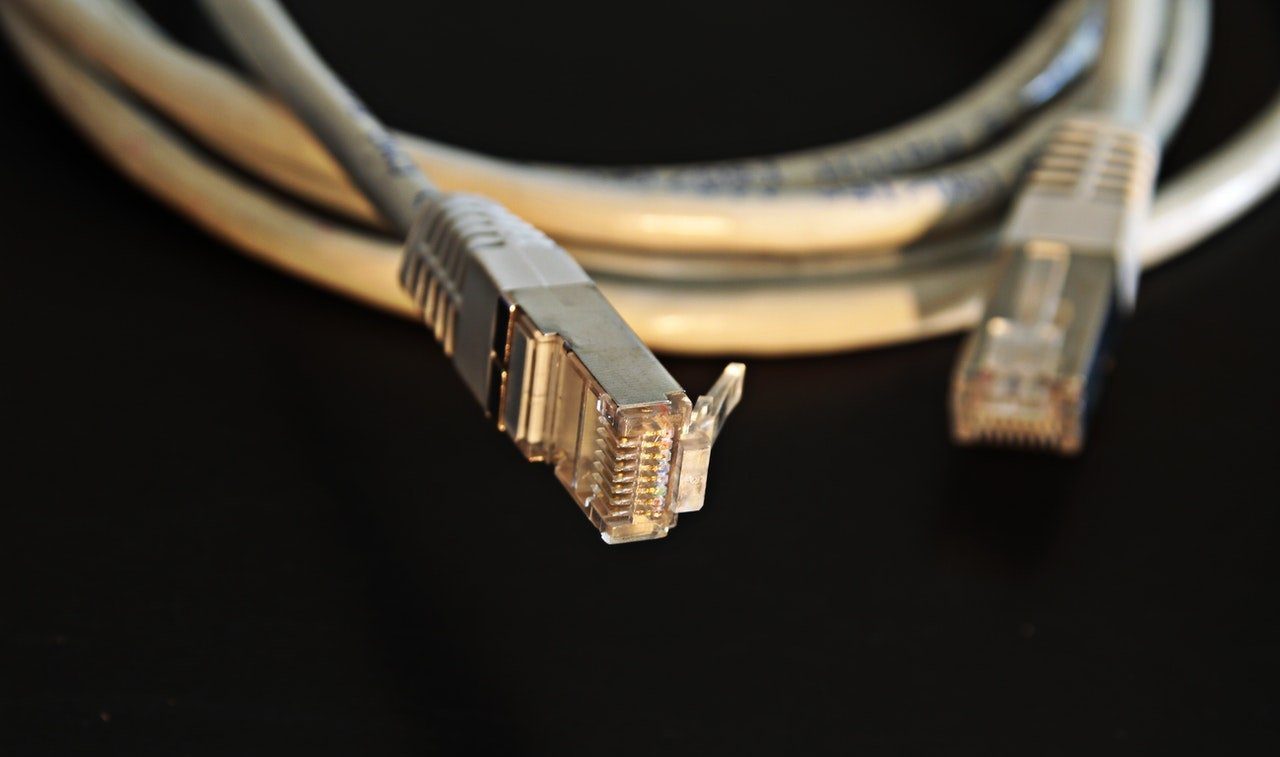The Windows Registry Editor opens your world to a range of tweaks and customizations. Using it, you can modify the existing settings of apps and built-in settings. And as you may have expected, the Registry Editor also lets you play with the Taskbar’s settings and aesthetics. However, there’s a slight catch. The Registry Editor lets you resize the Taskbar and not the icons directly. When you decrease the size of the Taskbar, the size of the icons will also change. Now that’s settled, let’s see how to resize Taskbar icons on Windows 11.
Prerequisites
As noted earlier, the Registry Editor contains the configuration settings and system files of your whole system. And if this is your first time playing with the Registry Editor, the best option would be to take a backup of the Registry. This is because editing the wrong entry can break down your Windows system or render it unusable. To take a backup of the Registry Editor, follow the steps below, Step 1: Open the Registry Editor in Windows and right-click on Computer. Next, select Export. Step 2: Name the file and save it in a location where you can access it easily. If you are planning to change quite a few things simultaneously, take a backup of the file. Alternatively, you can also take a backup of the Registry Editor.
How to Resize the Taskbar Icons in Windows 11
You’ll need work with the Registry editor till Microsoft adds a direct option to resize taskbar icons. Step 1: Open the Start menu, search for Registry Editor. Alternatively, you can hit Win + R key and type the following command, On the folder path, paste the following path, This will highlight the Advanced folder on the left panel, as shown in the screenshot below. Step 2: Right-click on the Advanced folder and select New and then DWORD (32-bit) Value. Rename the folder as ‘TaskbarSi’. Step 3: Next, right-click on the Value and select Modify. Change the Value Data to 0. That’s about it. Now, all you need to do is restart your PC/laptop, and you will be welcomed with a small Taskbar with small icons. If you are not happy with the new changes, you can always revert to the original look. To do this, open the folder again and modify the Value Data to 1. Once done, perform a quick restart of your laptop/PC. The opposite is also true. You can also increase the size of the Taskbar and its icons. To do so, modify and update the Data Value to 2. From now on, you can tweak the Taskbar size as per your choice. Simply change the Data Value. And since the folder has already been created, you do not have to worry about folder creation and likes.
Bonus: Customize the Quick Action Center
Now that the Taskbar is as per your liking, why leave out the Quick Action Center? Unlike Windows 10, the new version of Windows gives you several options to customize the Quick Action Center. Unlike the previous iteration, the new Quick Action Center has a series of toggles for easy access. And depending on your usage, you can choose to add or remove some of them. Step 1: Open the Quick Action Center by clicking on the Battery icon in the lower right corner. Step 2: Click on the little Pencil-icon. Here, you will find all the pinned buttons like Wi-Fi, Battery Saver, and Focus Assist at the top. If you want to remove some of the icons from the menu, click on the Un-Pin icon. To pin icons to the Quick Action center, click on the Add button and pick your options. For now, Windows 11 gives you around 15 options to add to the said menu. You get the standard fare like Wi-Fi, Bluetooth, and Airplane mode. Or, you can choose from other options like Keyboard Layout, Focus Assist, or Cast. Once you’ve tweaked it as per your preference, hit the Done button to save the settings. At the same time, you can also change the position of the buttons. Drag the button to the place of your choice.
Big and Small
With Windows 11, there are several Taskbar customization options. And these are accessible from the Taskbar Settings. From changing the alignment from center to the left, or showing/displaying Taskbar items, there are several things that you can do. The above article may contain affiliate links which help support Guiding Tech. However, it does not affect our editorial integrity. The content remains unbiased and authentic.
![]()
![]()
![]()
![]()
![]()
![]()
![]()
![]()
![]()
![]()

![]()

![]()
![]()


